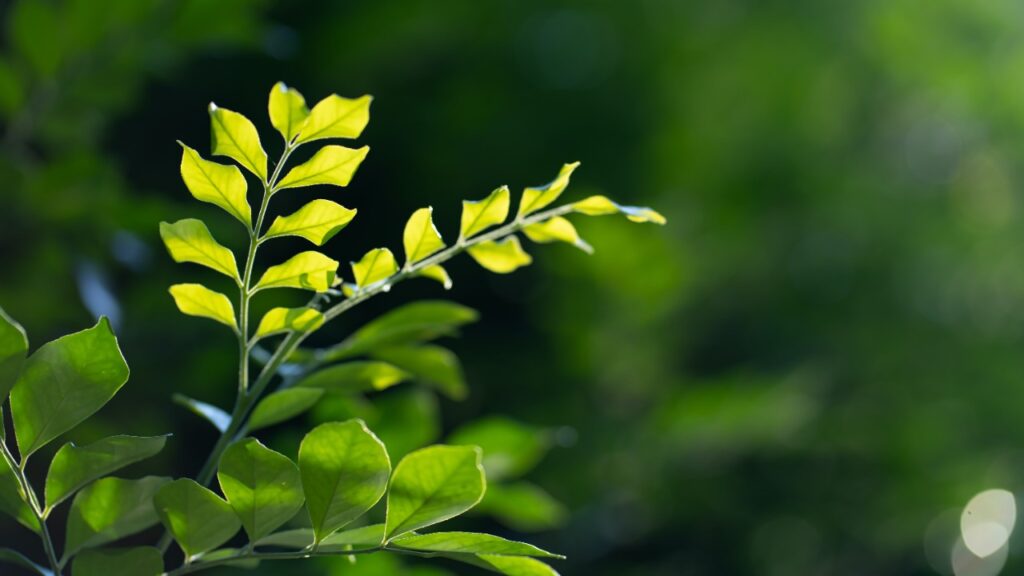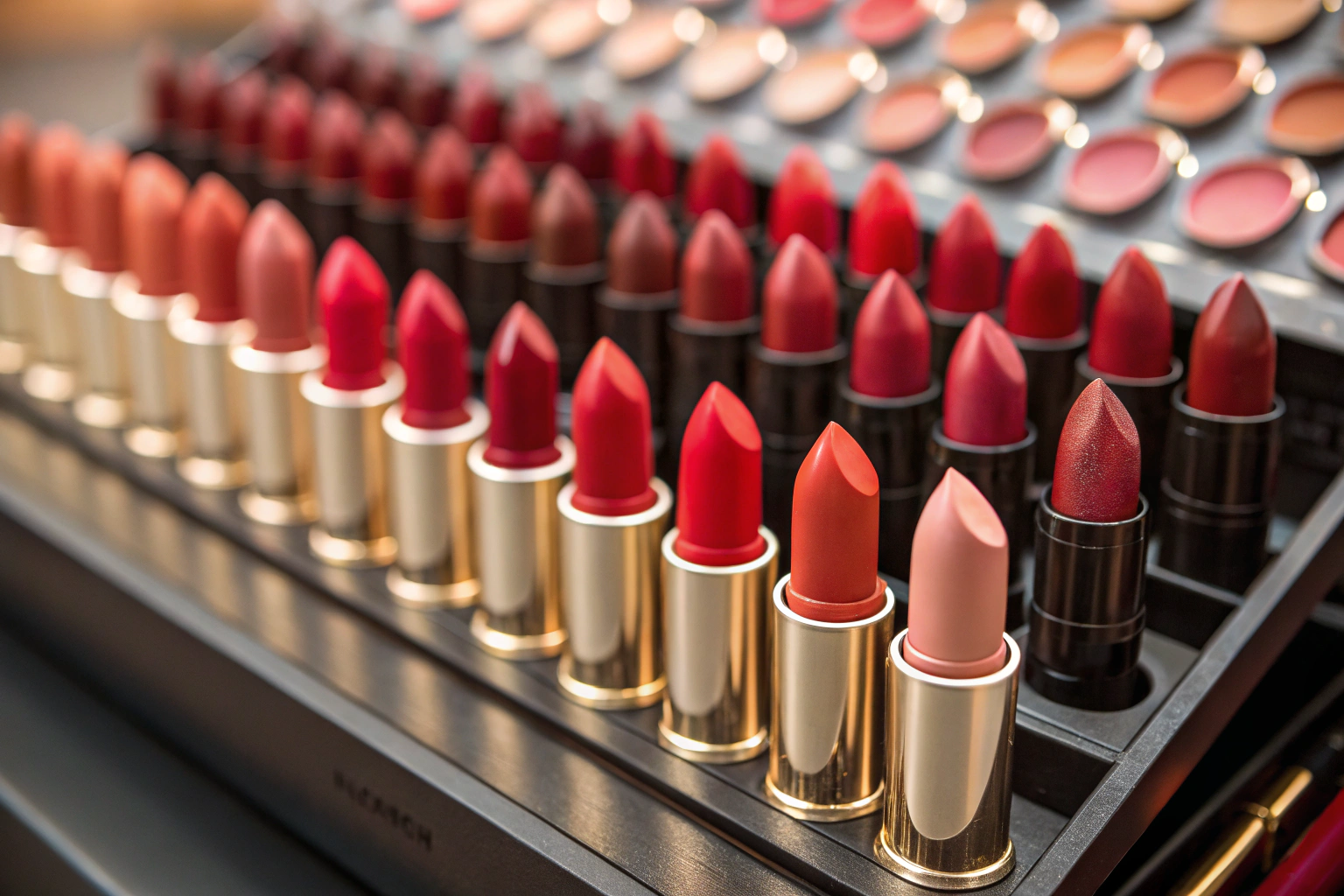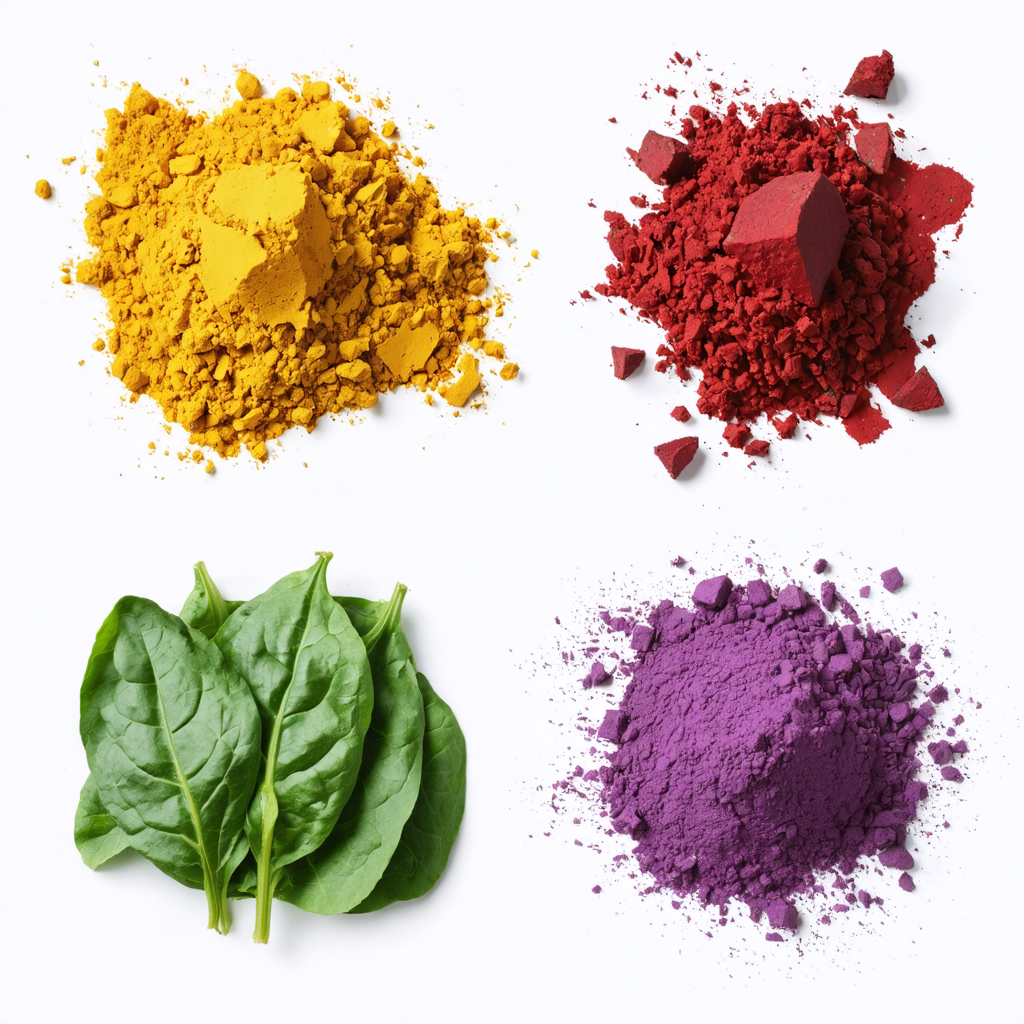| Sodium Copper chlorophyllin | Gardenia green |
| It can be used in gummies or boiled sweets because it is water soluble. | Water soluble, can be used in soft drink candies etc. |
| Isn’t it a fat-soluble substance | non-polar solvents such as benzene and gasoline insoluble |
| Green plants contain it in their chloroplasts. | Gardenia is a genus of flowering plants in the Rubiaceae family, which includes coffee plants. |
| This is a chlorophyll-based compound. |
ODORLESS
|
| Expensive | Cheaper |
|
|
Table of Contents
ToggleSodium copper chlorophyllin
What basically sodium copper is it that it’s a mixture of water-soluble chlorophyll derivatives, sodium copper chlorophyllin (SCC), is used as a food colorant and a frequent dietary supplement. Although its commercial preparation’s potential antimutagenic and antioxidant capabilities have been proven.
SCC (sodium copper chlorophyllin) is a bright green, water-soluble combination produced from natural chlorophyll with antimutagenic and antioxidant properties.
The commercial-grade SCC is made by reacting a crude chlorophyll extract with methanolic sodium hydroxide, then replacing the central magnesium atom with a heavy metal.
Properties
So, if we talk about the properties sodium copper is the anti-inflammatory, deodorizing, erythropoietic, and antimutagenic properties of sodium copper chlorophyllin (SCC) have been discovered1. COVID-19 is being investigated at the moment.
Chemical formula and E- number
If we talk about its chemical formula so it is C34H31CuN4Na3O6
Where is CAS number is 11006-34-1.
E number: E141.
Cost
It’s expensive than gardenia green, gardenia green is way cheaper than this
Where it can be used its application?
It can be use in confectionery, desserts, beverages, dairy goods, ice cream, fruit preparation, bakery items, soups, sauces, snack food, seasonings, and convenience foods are all common applications. In the United States, sodium-copper chlorophyllin is an authorized food colorant that is exempt from certification. It can be used in dry mix, citrus-based beverages with a maximum ratio of 0.2 percent. Butter and other high-fat foods contain chlorophyllin as a colorant.
What about the exact health benefits of using sodium copper chlorophyllin?
- It is occasionally used as a medication. It is also used as a food coloring because of its green color.
- Chlorophyllin appears to have anti-inflammatory and antioxidant properties. It may also prevent the body from absorbing certain substances that raise a person’s cancer risk.
- Some people use chlorophyllin to treat body odor, urine odor, bowel movement odor, poor breath, cancer, acne, and sun-damaged skin wrinkles.
Dosage
Taking by mouth
When taken in larger amounts as medicine for up to three months, chlorophyllin may be considered safe. It has the potential to make your skin more sun-sensitive.
There isn’t enough trustworthy data to say whether chlorophyllin is safe to use for more than three months. Copper, which is found in chlorophyllin, can have major side effects if taken in large levels for a sustained length of time.
Applying on skin
There is insufficient credible information to determine whether chlorophyllin is safe for skin as it has the potential to make your skin more sun-sensitive.
Gardenia Green
Its combination of blue gardenia color with a yellow gardenia color. The blue hue comes from gardenia fruits, while the yellow color comes from an enzyme process. The colors are a mix of gardenia yellow and gardenia blue and vary from green to dark green powder.
Gardenia fruit is a natural food colorant from the Rubiaceous plant family. Crocin and crocetin are two of its key components. Even after thirty minutes at a temperature of eighty degrees Celsius, the color tone stays unaltered. The colorant comes in a variety of shades ranging from light green to moss green.
Properties
- Gardenia green e12-e14
- odorless
- Water soluble
- Color is green to dark green powder
Benefits
- Food coloring properties that are exceptional.
- Between pH4.0 and 7.5, the clear green color tone remains constant.
- Superior heat resistance; the color tone of the food color remains unaltered after 30 minutes at 80°C.
- When compared to other food colors, light resistance is consistent.
- Metal ions do not change the color of gardenia green food, but Fe++ does (iron ion). In this instance, metal ion chelating agents such as polyphosphate salts are beneficial.
- A wide range of goods are offered, with colors ranging from light green to moss green.
What properties gardenia green do have?
The colorant is heat resistant to a high degree.
The substance is practically odorless and has a low hygroscopicity. The stability and tone of the colorant are unaffected by PH variations in a 1 percent aqueous solution of 4.5 +0.5. Calcium ion and aluminum ion have no effect on the colorant, while tin ion and iron ion can cause it to darken.
Where it can be used?
Gardenia green food colorant is mostly used in wine mixing, sweets, fruit juice drinks, soft drinks, cakes, puffed food, pastry, ice cream, jams, and candies as a complementing color.
Usage details
For instant rice and wheat products, the maximum consumption limit is 0.5g/kg.
0.3g/kg for jam and confectionery
Other products have a 0.2g/kg limit.




